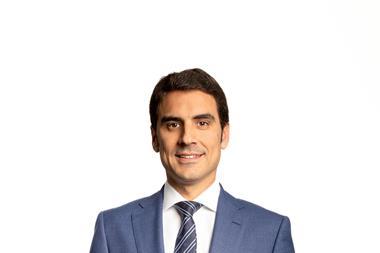EUROPE – Nordic institutional investors are more interested in making up for low interest rates by shifting to credit from high-grade bonds, and to alternatives and real assets from bonds than in turning to equities, according to a new study.
Changing allocations to equities from bonds is only the third most interesting option for addressing the low interest rate environment, the survey among Nordic institutional investors on higher-yielding alternatives to high-grade fixed income found.
The research was conducted by Kirstein Financial Market Research for JP Morgan Asset Management (JPMAM).
François Xavier Douin, head of Nordic institutional business at JPMAM, said in the report that equities would continue to play a role in contributing to returns for Nordic institutional investors, with heavier emphasis on capturing risk premia defined in a more granular way.
“Loans in general and private credit in particular, will play a more significant role and become a key component of Nordic institutional portfolios, in various shapes and forms,” he said.
“Infrastructure and real estate, with its key income-generating attributes, is set to grow, as a natural substitute for fixed income.”
The study found notable differences between the four Nordic countries in the ways that institutional investors allocated assets.
Whereas Danish and Finnish investors are already heavily invested in credit, that has not generally been the case in Norway and Sweden.
“For those investors in the traditional fixed income countries, who have been invested in various parts of the credit market for many years, the interest in alternatives and real assets appears to be growing,” Kirstein said in the report.
But on the whole, there is very little interest among investors in extending the duration of nominal bond portfolios as a way of solving the problem of the low interest rate environment, it said.
In Denmark and Finland, experienced fixed income investors are now moving towards private credit, the survey found.
Interest is strongest in senior bank loans and real estate debt, it found, with nearly half of these investors saying they expected to increase allocations to private credit.
Interest in real assets and alternatives as a way of increasing income is relatively high among the region’s institutional investors, according to the survey.
They showed the greatest preference for real estate and private equity, while interest in infrastructure is more fragmented, Kirstein said.
“Danish investors indicate the strongest preference for real estate and infrastructure, with more than half of Danish respondents expecting to increase their allocation to these asset classes,” the firm said in the report.
Almost half of Swedish investors questioned expect to increase their allocation to real estate, it said.
Although shifting allocations to equities as a way of improving yields is a less interesting strategy for survey participants, Kirstein said that, overall, the survey did suggest a high level of interest in equities.
Investors are particularly keen to capture equity risk premia, while lowering volatility by using value and quality strategies, according to the study.












